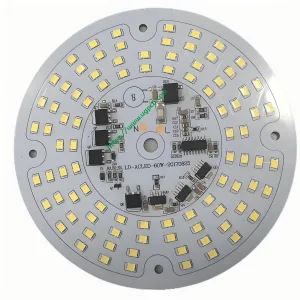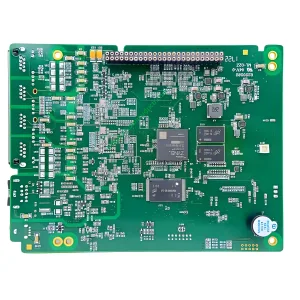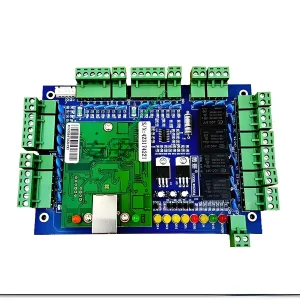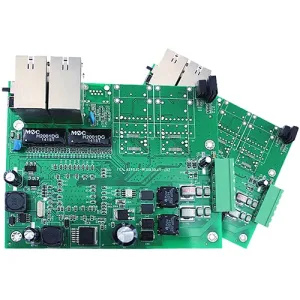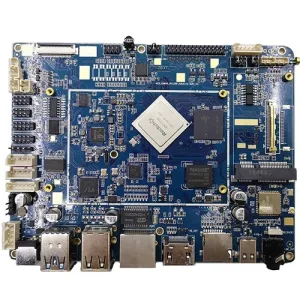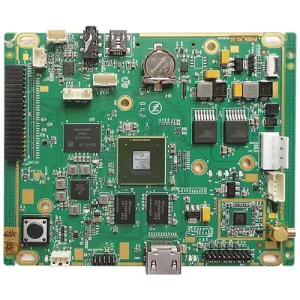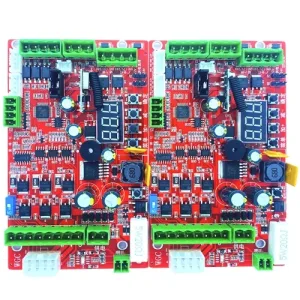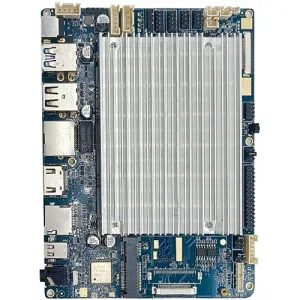Introduction to Smart Home PCB Systems

In the Internet of Things era, all things are interconnected, closely linking people’s lives, enterprise production, and other aspects. One popular application of sensors in life is the smart home PCB system. This system comprises sensors, actuators, control hubs, communication networks, ecc., obtaining various data of the indoor environment through various sensors. Sensors such as temperature and humidity sensors, smoke sensors, and formaldehyde transmitters play a crucial role in the smart home automation PCB system, acting as the “nerve terminal” for information transmission and command intelligence.
Smart Home Appliances: Definition and Evolution
Definition of Smart Home Appliances
Smart home appliances are home appliance products that incorporate microprocessor, sensor technology, and network communication technology. They can connect with other home appliances, homes, and facilities to form a system, realizing smart home functions.
Evolution of Smart Home Appliances
- Early Stages: The concept of intelligence was not well-defined, but early electric irons and rice cooker thermostats exhibited basic intelligent characteristics.
- Advancements in Technology: With the development of sensing, chip, RFID, and network technologies, true smart home appliances have emerged.
The Difference Between Smart and Traditional Home Appliances
Key Differences
- Perception Objects: Smart home appliances can sense human emotions, actions, and behavior habits, while traditional appliances mainly sense time and temperature.
- Technical Processing: Smart appliances rely on modern technologies like the Internet of Things, the Internet, and electronic chips, while traditional appliances are more mechanical.
- Consumer Needs: Smart home appliances address richer and higher consumer needs compared to traditional appliances.
Realization of Anthropomorphic Intelligence
Smart home appliances capture and process information through sensors and control chips, allowing for automatic setting, control, and customization according to user habits. When connected to the Internet, they also possess social network attributes.
Factors Driving the Rapid Development of Smart Home Appliances
- Maturity and wide application of network and communication technologies.
- Continuous improvement of the level of informatization.
- Internet infrastructure and technical conditions.
- User demand for high-level home appliances.
Features and Functions of Smart Home Appliances
Caratteristiche chiave
- Network Function: Connecting with other appliances and the Internet.
- Intelligent: Responding to environmental changes without human intervention.
- Openness and Compatibility: Compatibility with appliances from different manufacturers.
- Energy Saving: Adjusting working time and status based on the environment.
- Ease of Use: Simplifying complex control operations.
Basic Functions
- Comunicazione: Including telephone, network, and remote control.
- Intelligent Control: Of consumer electronics like microwaves and air conditioners.
- Interactive Intelligent Control: Voice control and active action response.
- Security Control: Including access control and fire alarms.
- Health and Medical Functions: Monitoring and remote diagnosis.
Home Appliance Classification
Categories of Smart Home Appliances
- Advanced Technology and Equipment: Using electronics and machinery.
- Skilled Operator Simulation: Fuzzy reasoning and control.
Degrees of Intelligence
- Single Intelligence: Single function simulating human intelligence.
- Multiple Intelligence: Multiple functions simulating human intelligence.
Current Status and Development of Smart Home Appliances
Status Quo
- Capital Market Interest: High concern and investment in smart home appliances.
- Challenges: High prices, lack of killer applications, and interconnection difficulties.
- Market Competition: Internet companies and traditional appliance companies competing for market share.
Development Trends
- Growing User Interest: 40.7% of users have chosen the attribute of “intelligence,” expected to rise to 60% by 2015.
- Technological Advancements: Three-network integration and the Internet of Things driving smart appliance development.
- Market Prospects: Widely optimistic with the continuous development of electronic information technology.
Prospects and Outlook
- Current Challenges: Lack of disruptive innovative products and interoperability issues.
- Integration and Compatibility: The need for a unified platform to achieve true smart home functionality.
- Future Outlook: Smartphones as the ultimate control terminal, and smart home appliances becoming an indispensable part of smart homes.
UGPCB’s Role in Smart Home Appliance PCB Assembly
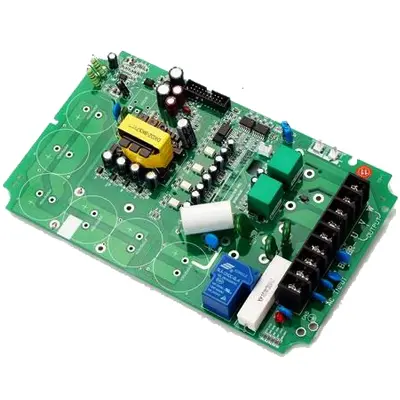
UGPCB provides Smart home appliance PCB/PCBA Component Prototype Turnkey PCB Assembly services, acting as a one-stop Turnkey PCB Assembly factory. With the growing demand for smart home appliances, UGPCB’s expertise in PCB assembly is crucial for the development and production of these advanced products.
 LOGO UGPCB
LOGO UGPCB

